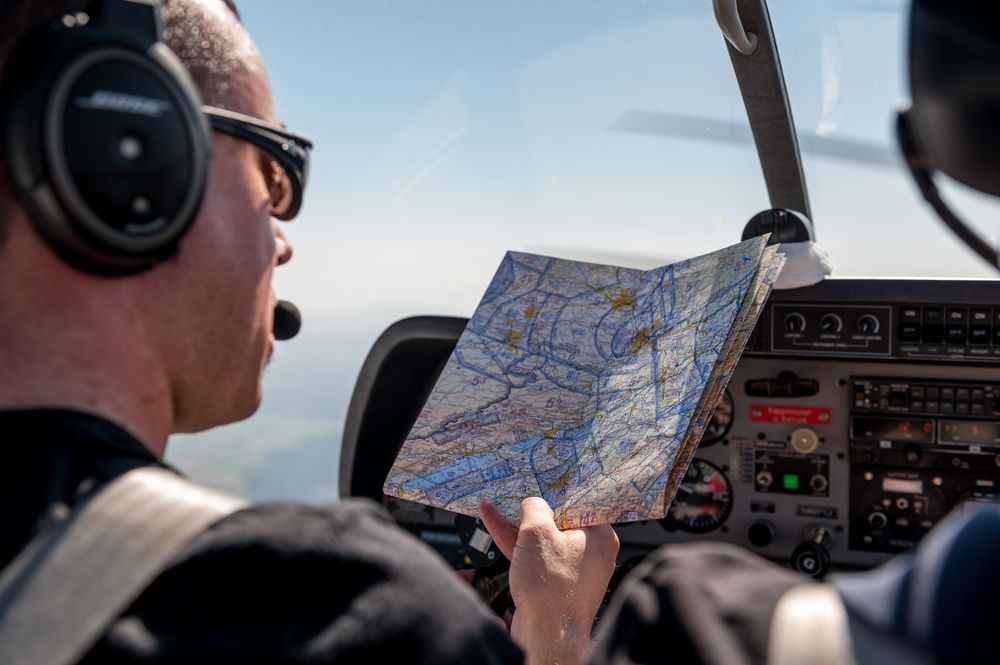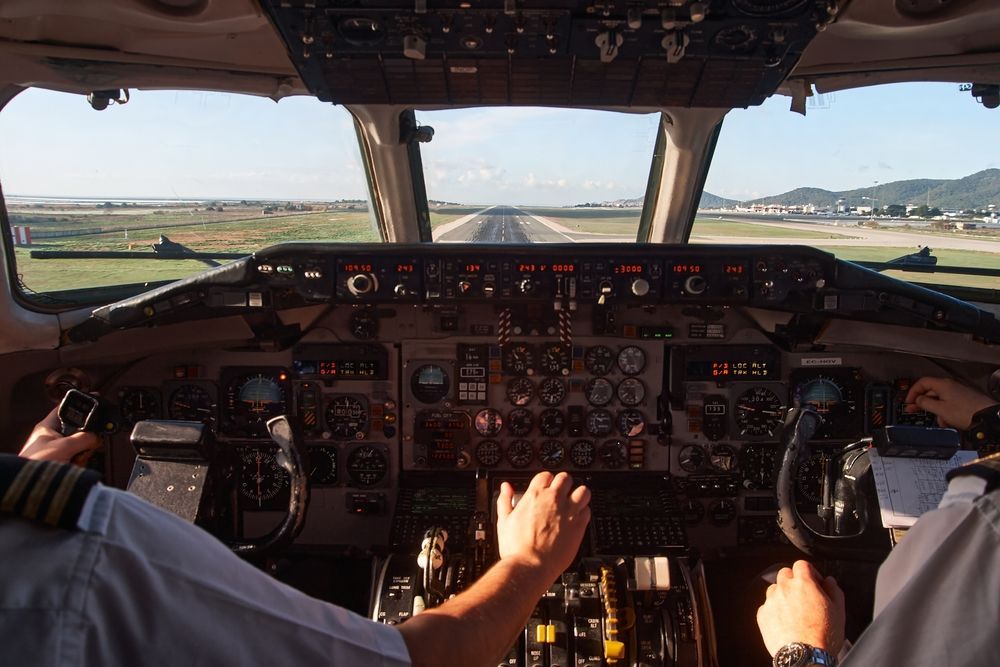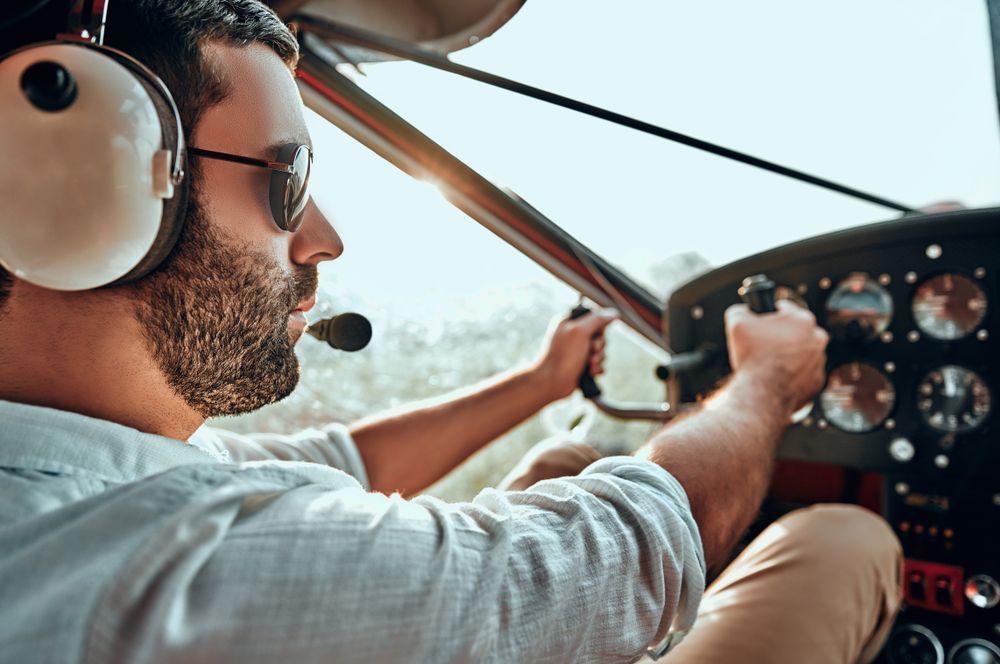
Written by: J.A. Flight Training
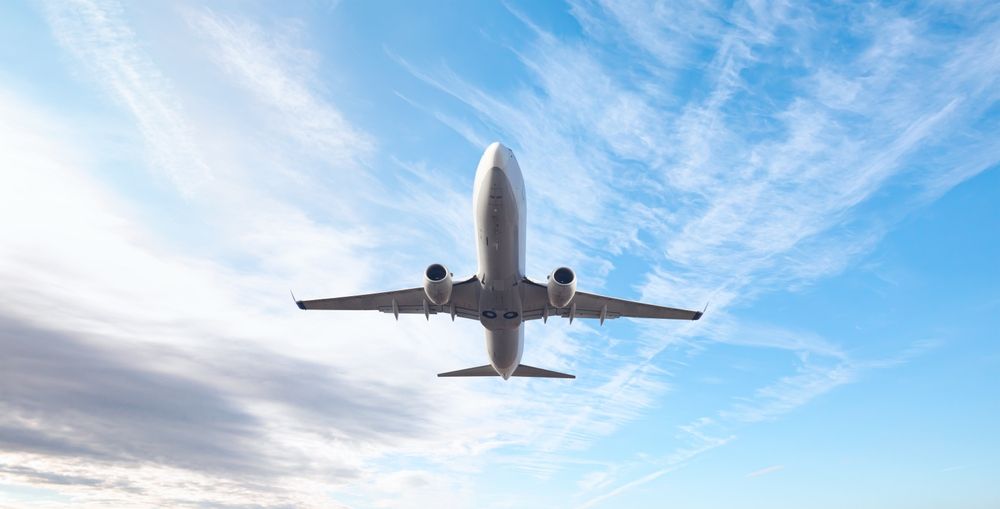
If you’re considering becoming a career airline pilot, then first things first. You need to understand exactly how an airplane works, and that requires knowing what parts comprise it. An aircraft is a delicate machine, with millions (yes, millions!) of parts working together to create lift and forward motion.
In general, though, there are seven main systems about which you should know. If you enroll in a program to become a pilot of any kind, then you will cover this information in ground school, because a strong theoretical foundation is an important tool in ensuring you’re the safest and most qualified possible pilot.
However, it always helps to get a jump on the learning. Or perhaps you’re just curious about the parts of an airplane and how they work. Either way, read on.
Key Takeaways
TL;DR? Here’s what you should know about the parts of an airplane:
- The cockpit is where pilots and copilots sit. It is located at the front of the plane, with visibility of the route ahead, and pilots can control all aspects of the plane from there.
- The wings and tail are responsible for changing the direction of the plane through the use of moveable parts controlled by the pilot: ailerons, flaps, elevators, and rudders.
- Propellors are used to create lifts in small airplanes, while large commercial jets use turbine engines.
Parts of an Airplane
The parts of an airplane fall into seven main groups: the cockpit, fuselage, wings, tail, engine, propellor, and landing gear.
1. Cockpit
The cockpit is located at the front of the plane and is where the pilot and first officer sit. It contains all the equipment needed to operate the plane, communicate with the ground crew, and keep passengers comfortable during flight.
2. Fuselage
The cockpit is inside the fuselage, as are any passenger areas of the plane, overhead compartments, galleys, bathrooms, and so on. If the space is useable by a human during flight, it is in the fuselage.
3. Wings
The wings create lift. In a nutshell, a flat bottom surface means air moves slower under the wing than it must move over the curved top surface (because there is more ground to cover along the curve). Since faster-moving air is associated with a decrease in pressure, that means there is less pressure on top of the wing than on the bottom, creating lifting and allowing the plane to move upward.
Wings have components that help control the flight of a plane. Ailerons help turn the plane, while flaps help control speeds during takeoff and landing.
4. Tail
The tail of an aircraft does an important job: controlling pitch and yaw during flight. The horizontal surface of the tail is known as the horizontal stabilizer, while the fin that stands up is the vertical stabilizer. These help keep the plane steady during flight – not moving up and down (pitching) or side to side (yawing).
However, when you want the plane to move up, the pilot adjusts the elevator on the horizontal stabilizer, forcing the nose into the air. When the pilot wants the plane to move side to side, they will use the rudder on the vertical stabilizer.
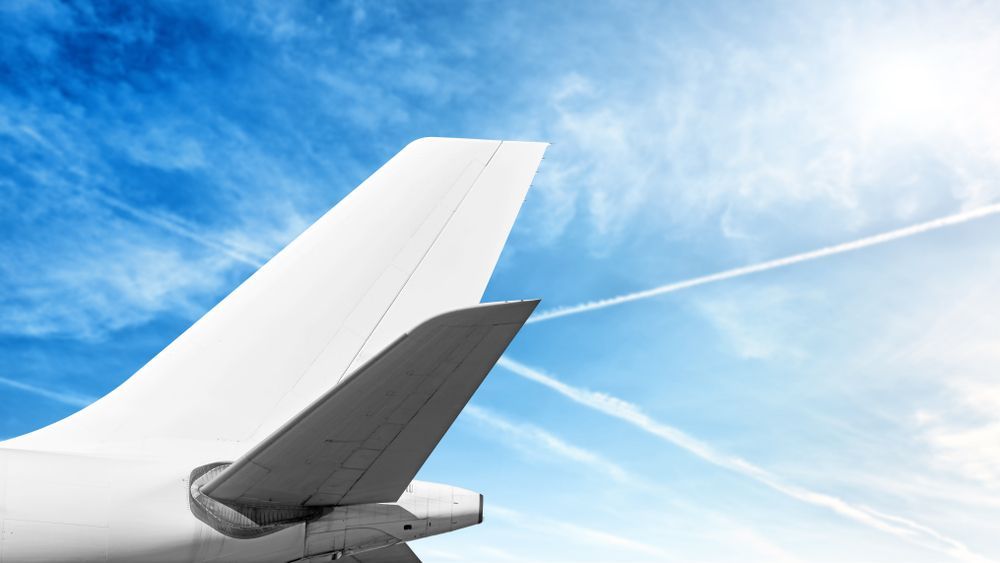
5. Engine
Airplanes, like cars or trucks, need engines to make them go. Engines burn fuel to power propellors and engines.
6. Propeller
Most small planes use a propellor to create propulsion. Powered by the engine, it spins quickly, creating thrust.
Note that in jets, the plane will use turbines to stay aloft. The turbines, colloquially known as “jet engines,” suck in air through whirring blades, compressing and injecting fuel into it, then lighting it. Once lit, explains NASA, the “burning gases expand and blast out through the nozzle, at the back of the engine. As the jets of gas shoot backward, the engine and the aircraft are thrust forward.”
If you waste no more time on starting your pilot journey, chances are good you can one day fly commercial planes that use turbines for power. First, though, you will likely start with planes that use propellors to create lift.
7. Landing Gear
Of course, what goes up must come down, which is what landing gear is for. Landing gear usually consists of three wheels, helping to balance the plane effortlessly while it is on the ground. On some planes, there’s one wheel in the front and two behind; on others, the reverse.
Many planes have retractable landing gear, which means the plane draws the wheels up into its body during the flight and then extends them again when it’s time to land. However, some smaller aircraft lack this ability.
What Are the Main Components of an Aircraft’s Cockpit?
The last question when it comes to parts of an airplane is, what exactly is going on in the cockpit? Naturally, this is perhaps the most important question for a future pilot to answer, because it is from the cockpit that you will control the plane. The main components include:
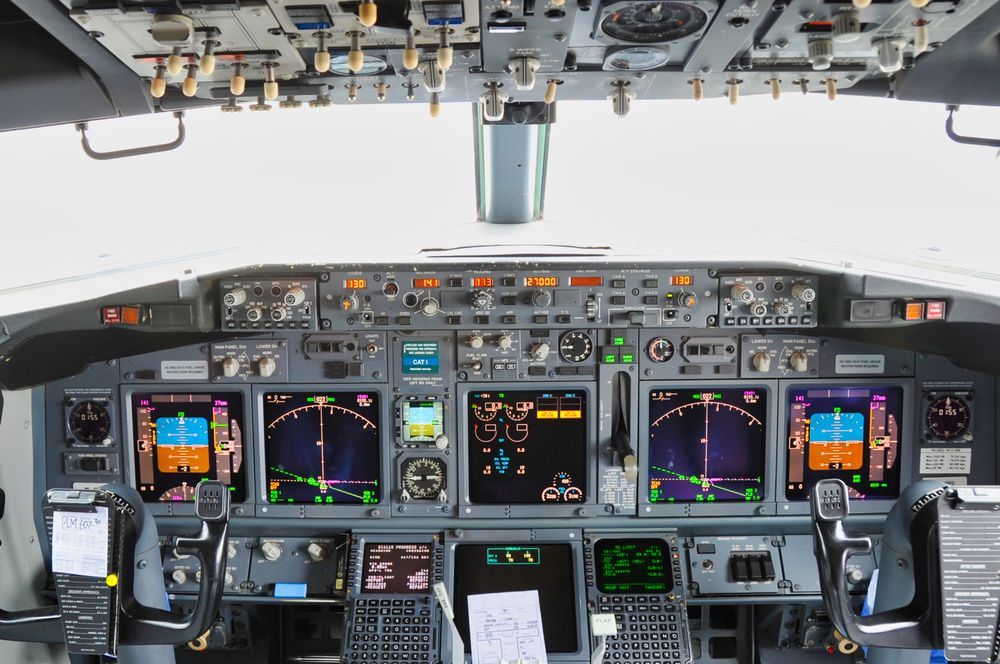
- Seats for the pilot and copilot (and sometimes a jump seat or two for other officers)
- Flight controls, handheld components that allow you to adjust the gross movements of the plane
- Overhead panel, which controls fuel, electrical, climate control, and hydraulics
- Instrument panel, responsible for controlling the airplane in flight and communicating with those outside the airplane
- Rudder pedals, responsible for turning the plane right or left in the air and driving it on the ground
Bottom Line
Now that you understand the parts of an airplane, you hopefully have a better understanding of what you’ll be learning about during your flight training timeline. Remember that to get an airline pilot job after flight school, you need more than enough flying hours and a completed training program. You also need a solid theoretical foundation of how flying works, so bookmark this page for future reference.
Done mulling your flight career over and ready to become a pilot? J.A. Flight Training in Kane County, Illinois is here to help. All you have to do is
get in touch and learn more today!
